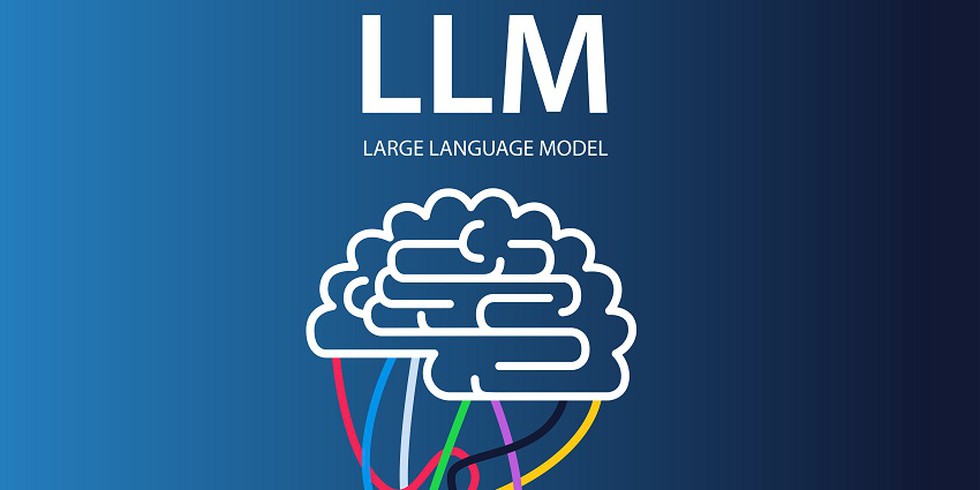About Large Language Models (LLMs):
- A large language model (LLM) is a type of artificial intelligence (AI) program that can recognize and generate text, among other tasks.
- LLMs are trained on huge sets of data—hence the name "large."
- LLMs are built on machine learning: specifically, a type of neural network called a transformer model.
- In simpler terms, an LLM is a computer program that has been fed enough examples to be able to recognize and interpret human language or other types of complex data.
- Many LLMs are trained on data that has been gathered from the Internet—thousands or millions of gigabytes' worth of text.
- However, the quality of the samples impacts how well LLMs will learn natural language, so an LLM's programmers may use a more curated data set.
- LLMs use a type of machine learning called deep learning in order to understand how characters, words, and sentences function together.
- Deep learning involves the probabilistic analysis of unstructured data, which eventually enables the deep learning model to recognize distinctions between pieces of content without human intervention.
- LLMs are then further trained via tuning: they are fine-tuned or prompt-tuned to the particular task that the programmer wants them to do, such as interpreting questions and generating responses, or translating text from one language to another.
- What are LLMs used for?
- LLMs can be trained to do a number of tasks. One of the most well-known uses is their application as generative AI: when given a prompt or asked a question, they can produce text in reply.
- The publicly available LLM ChatGPT, for instance, can generate essays, poems, and other textual forms in response to user inputs.
